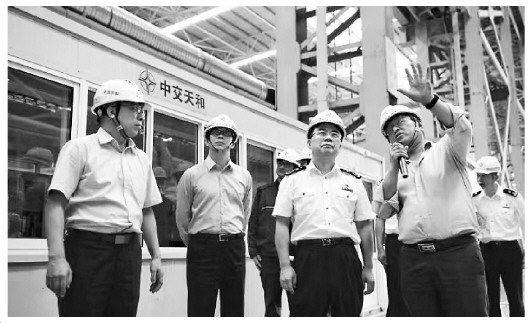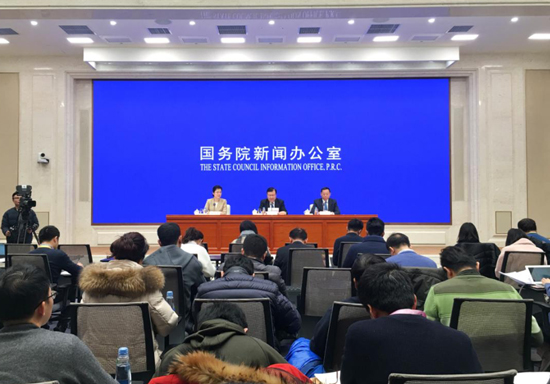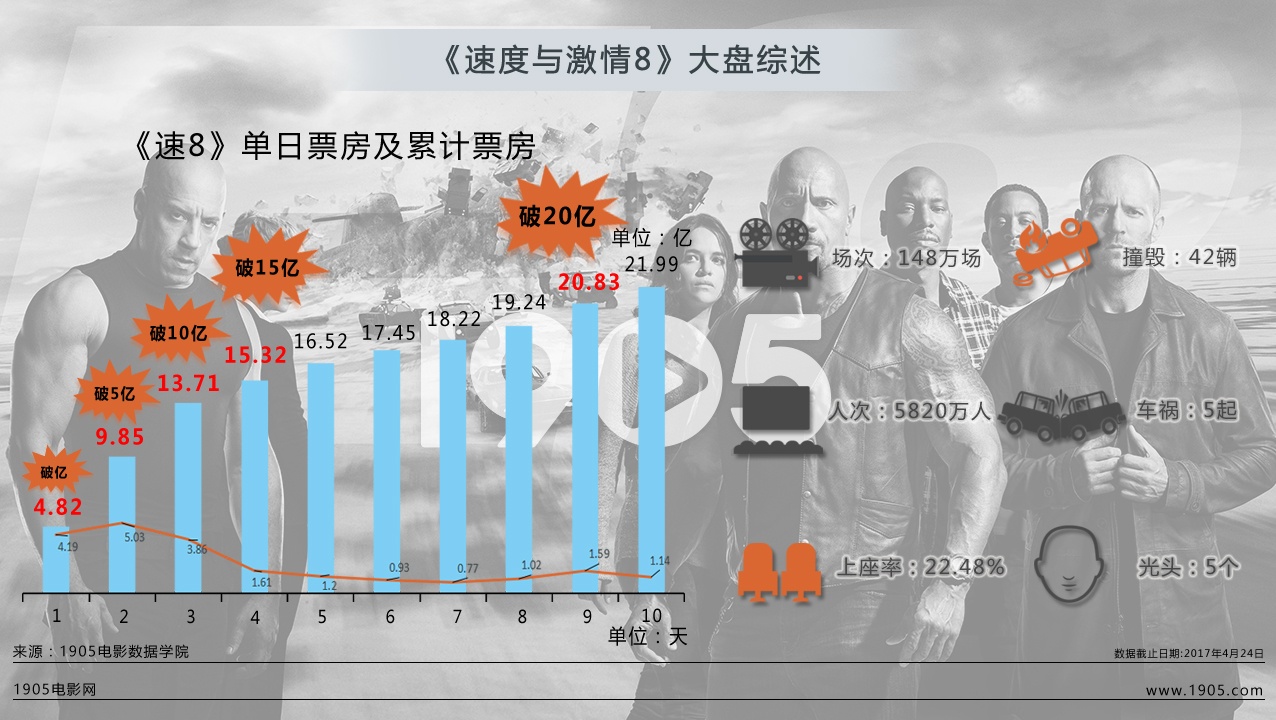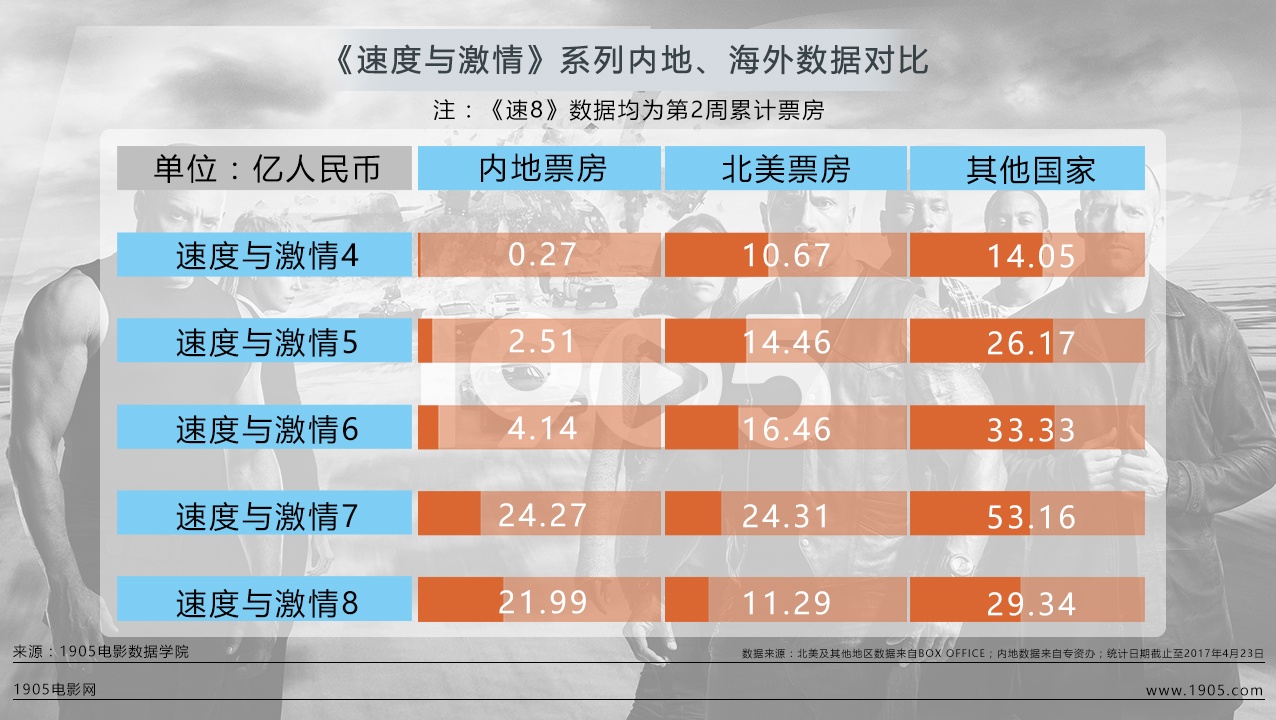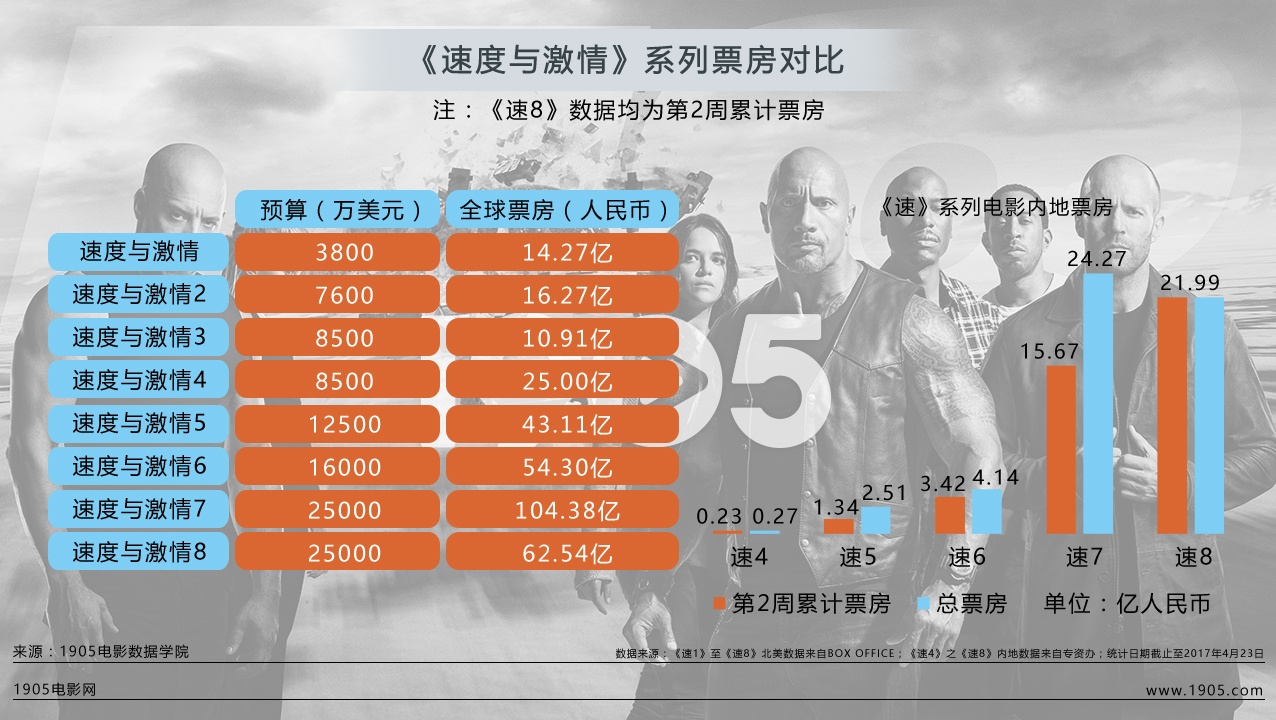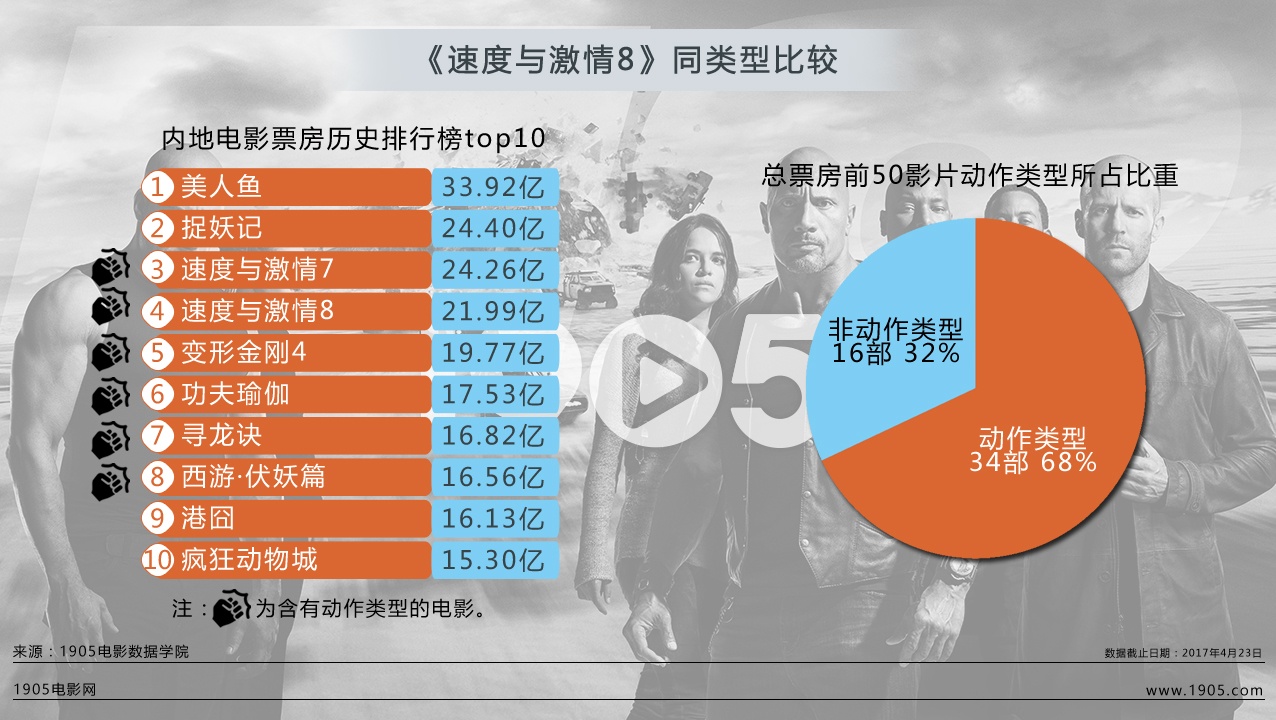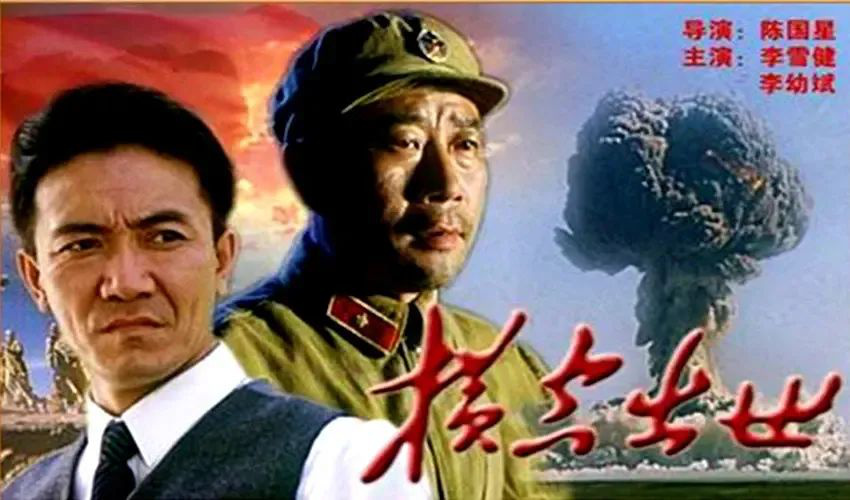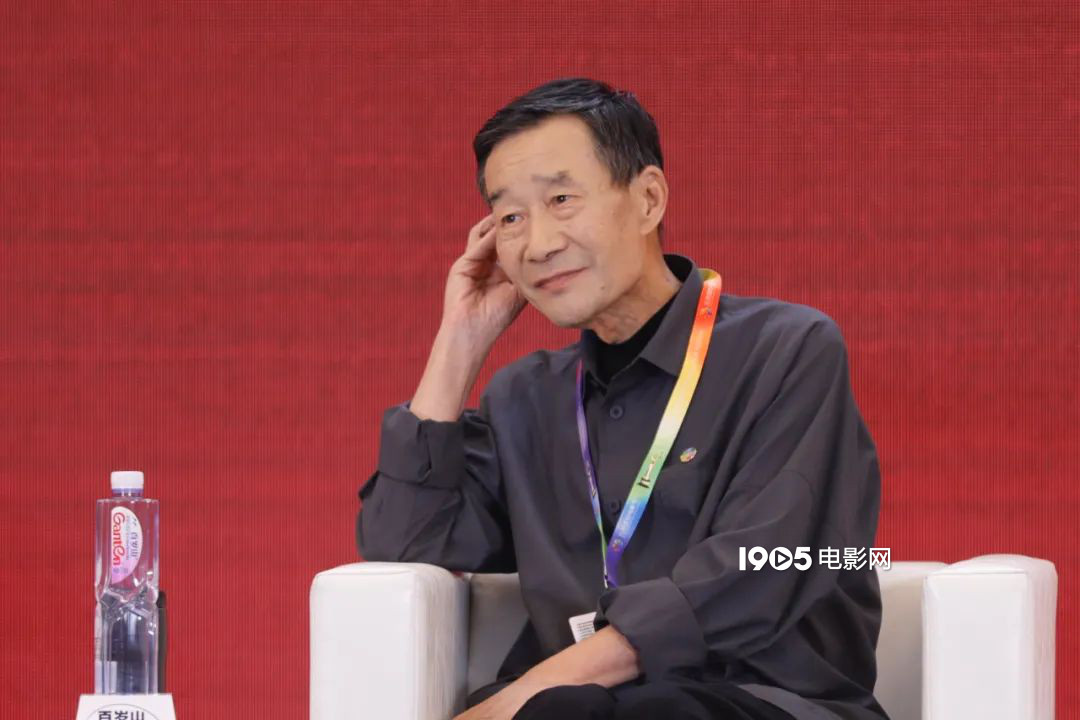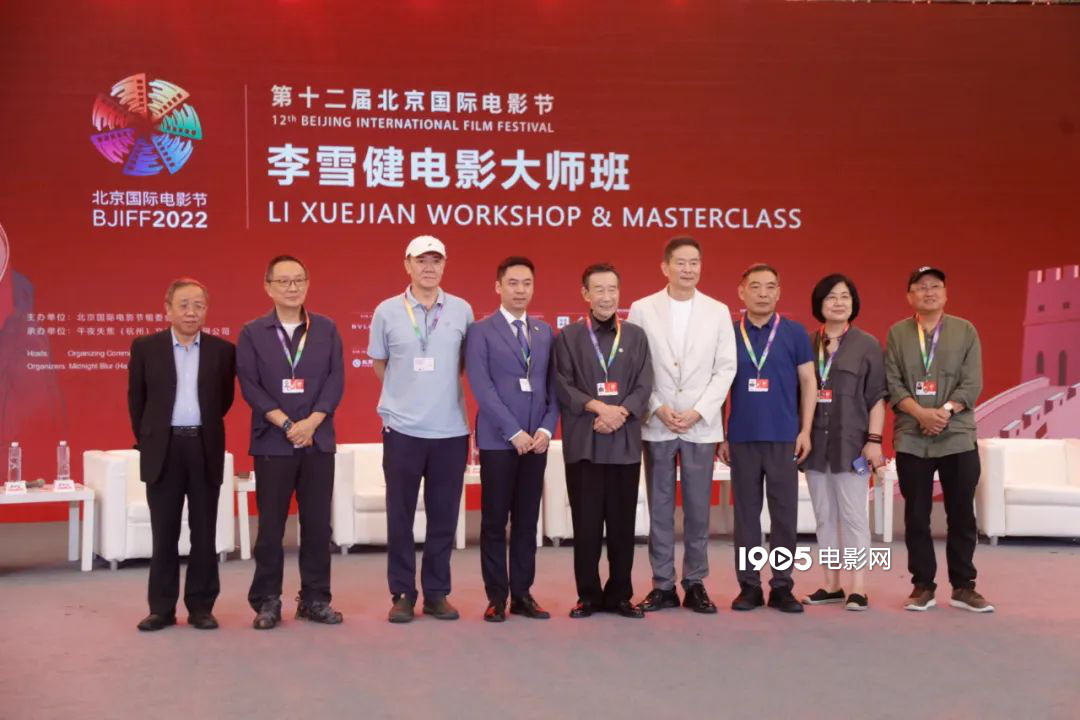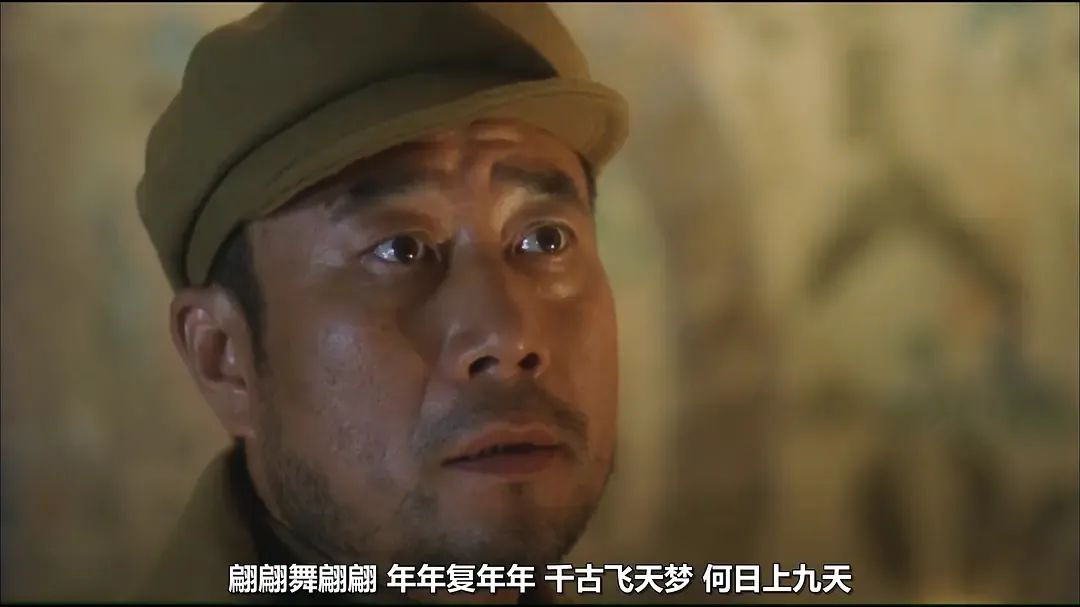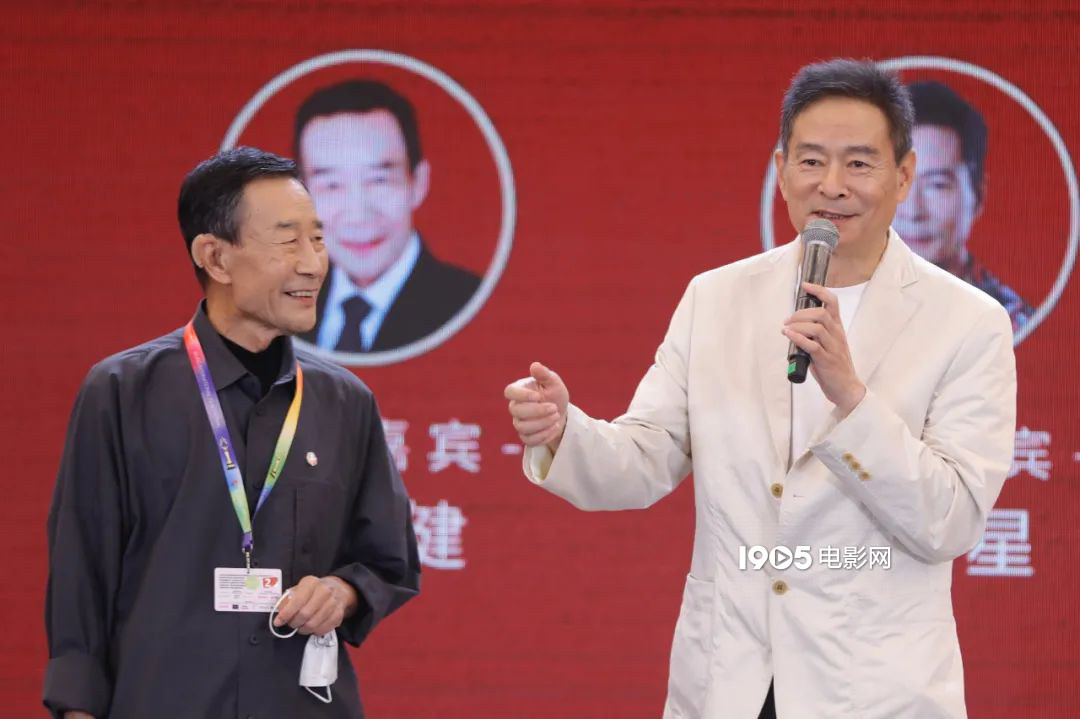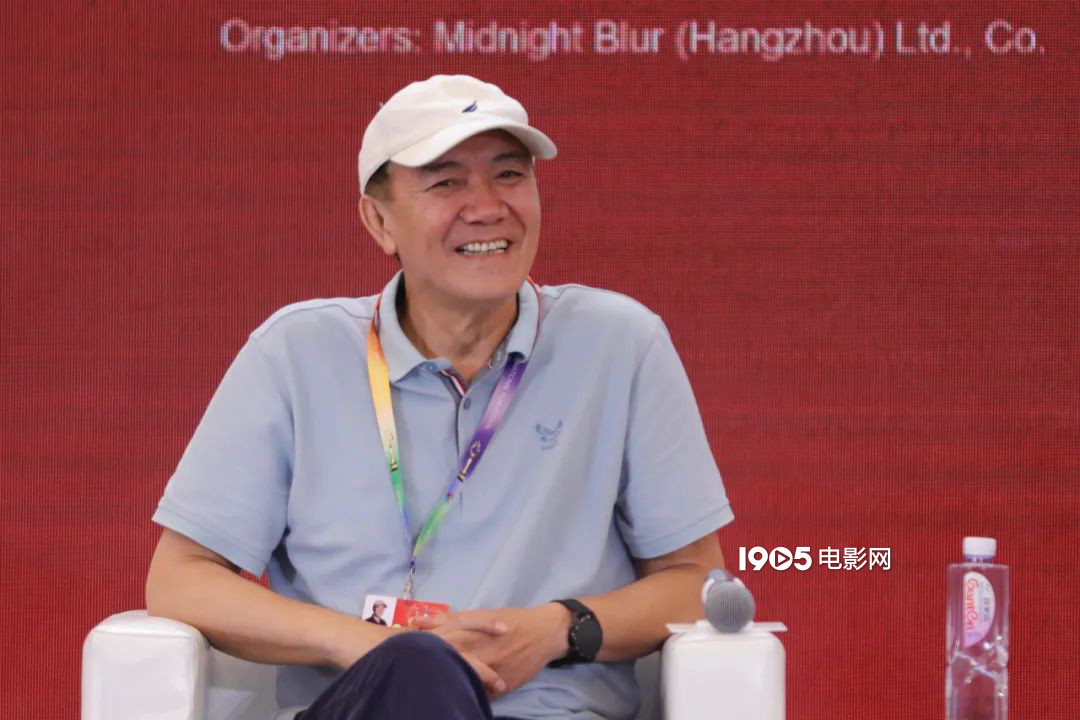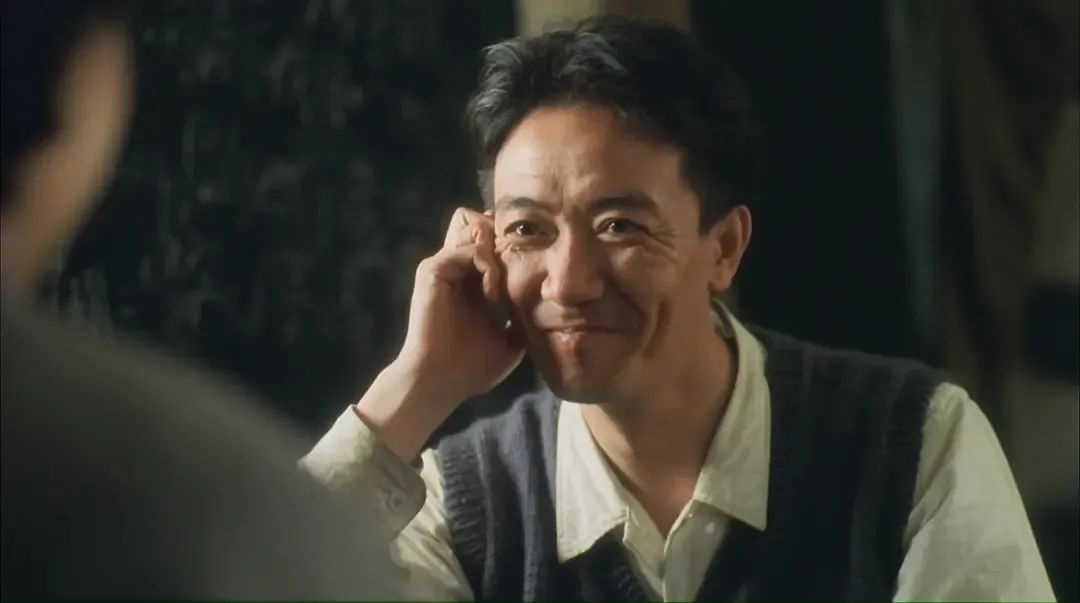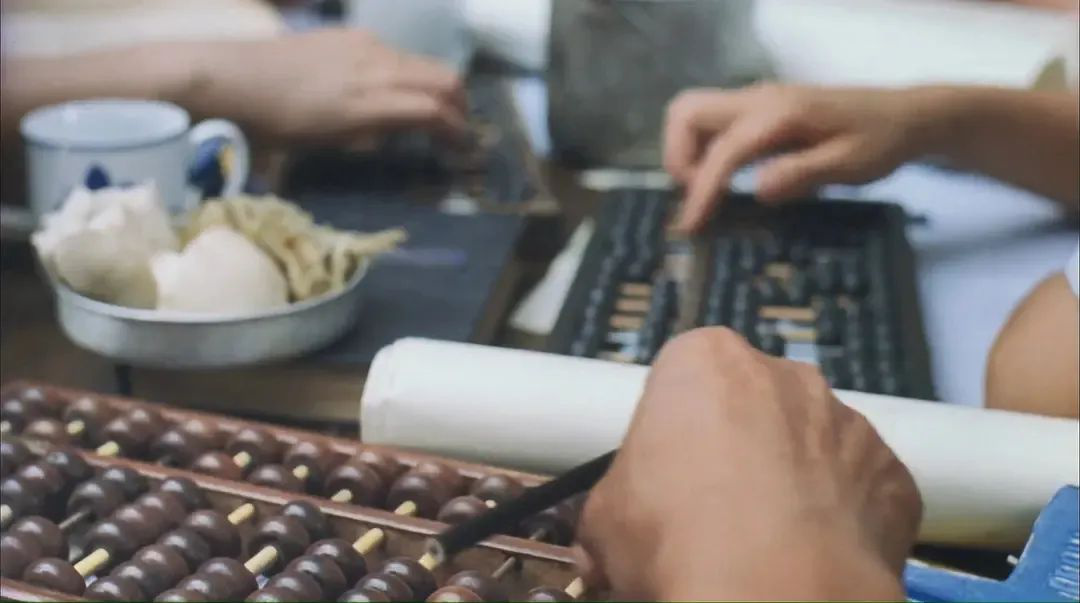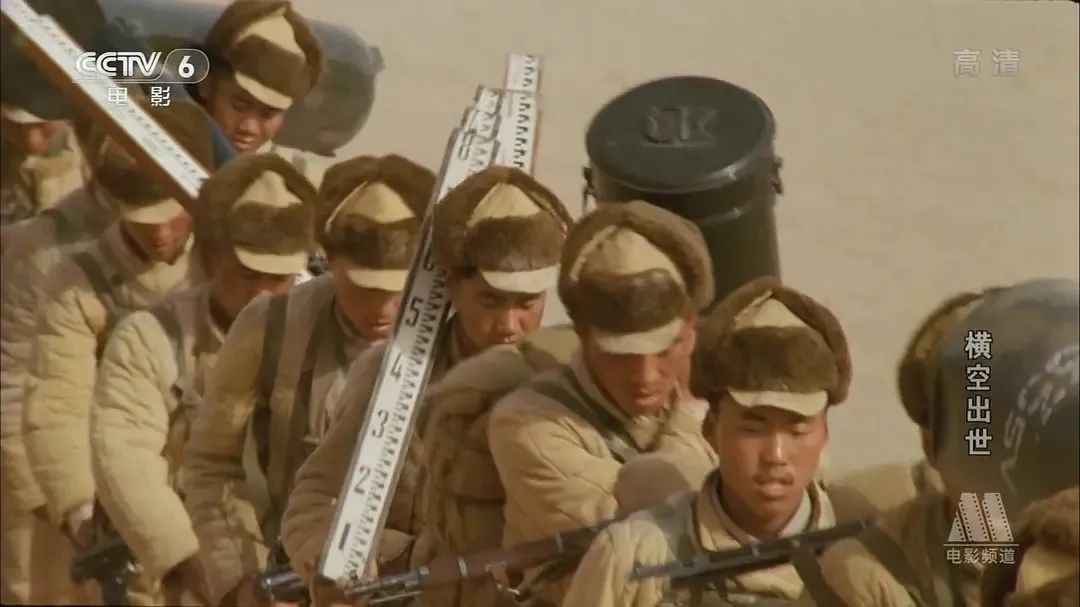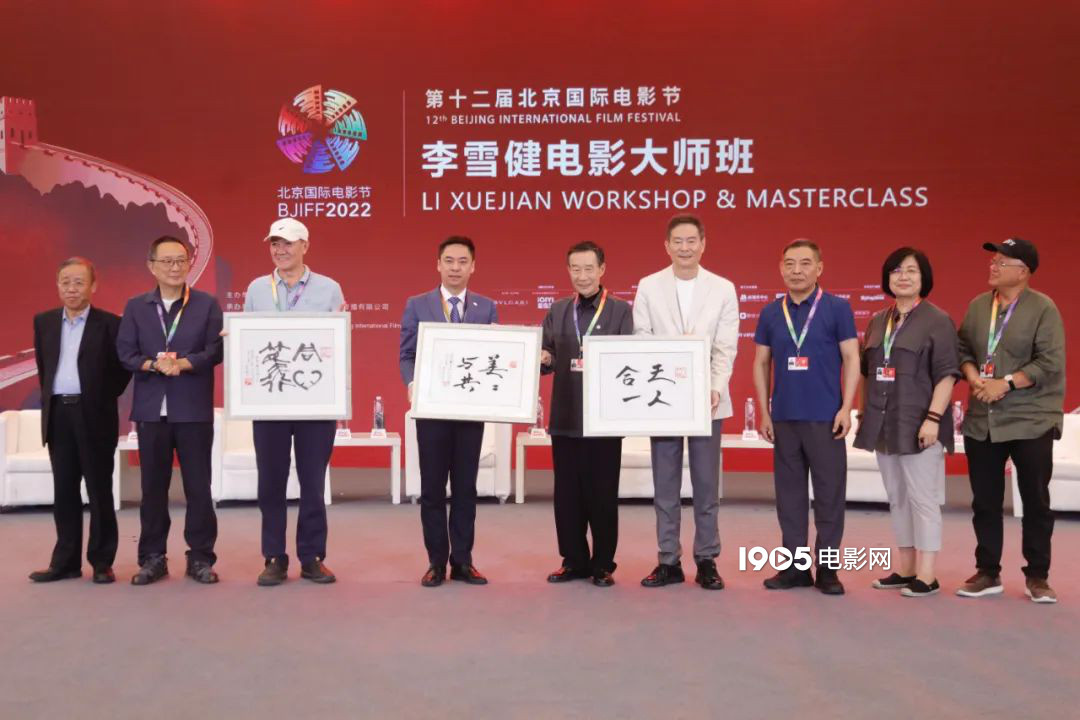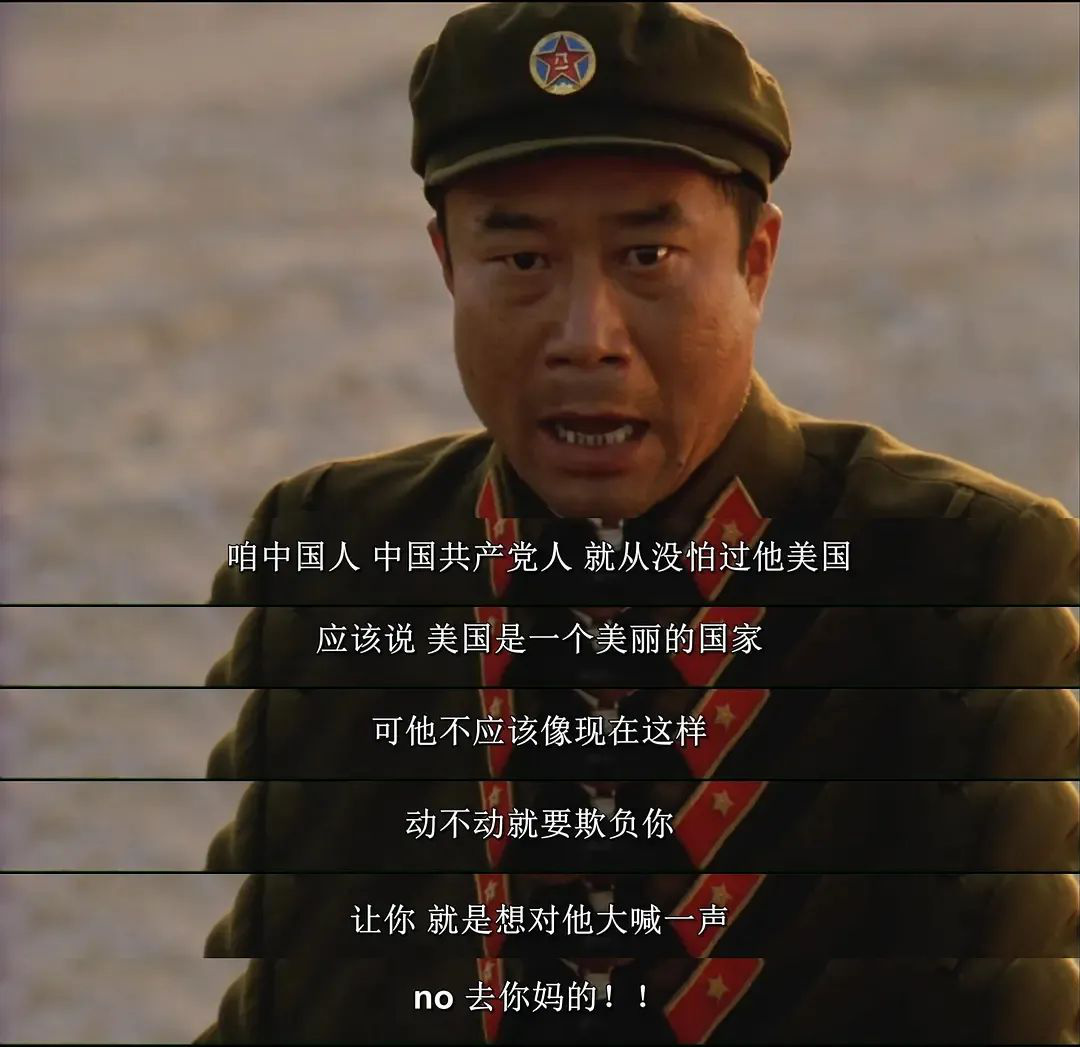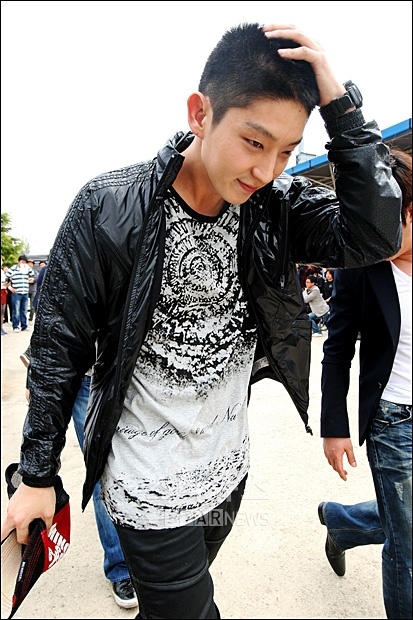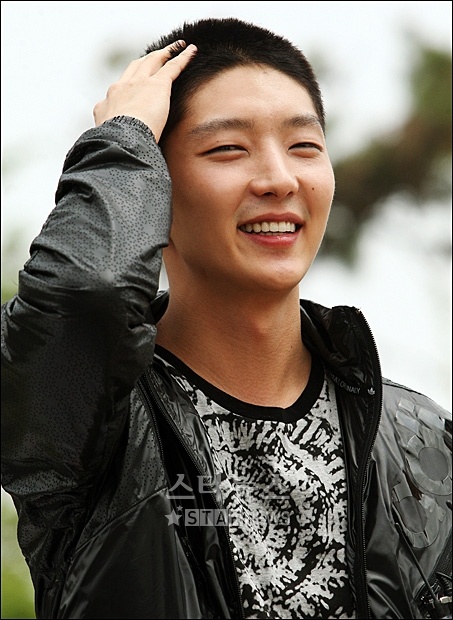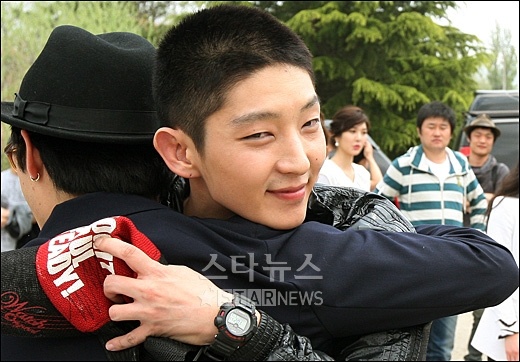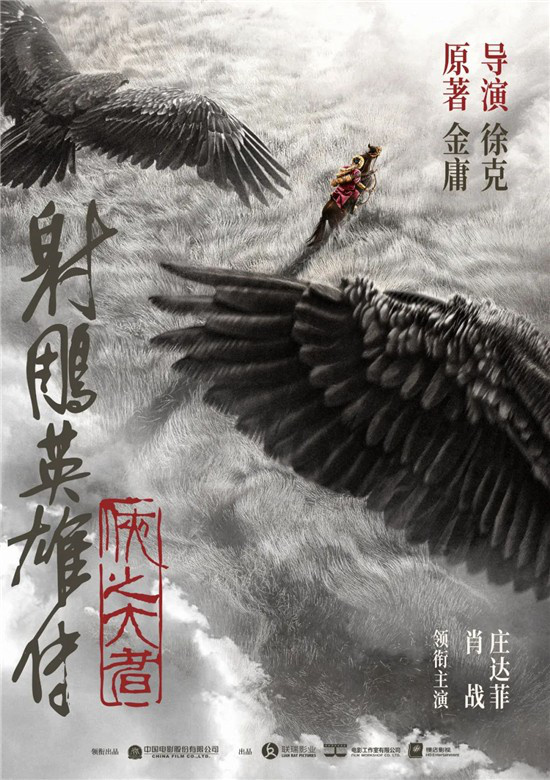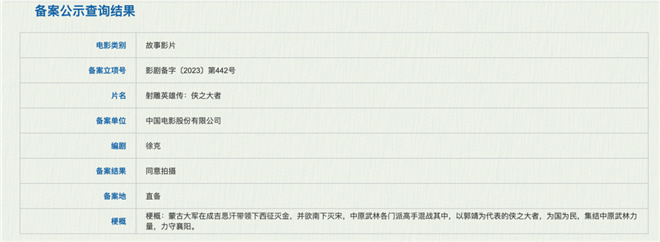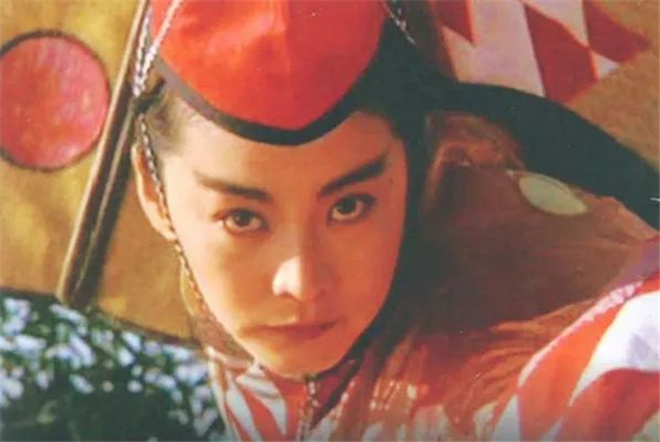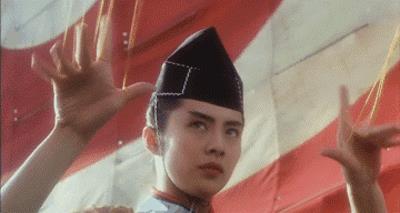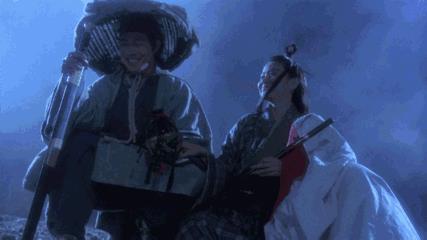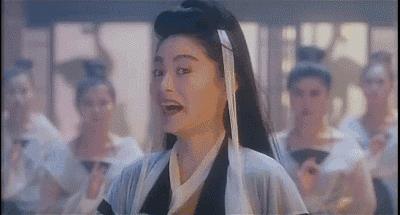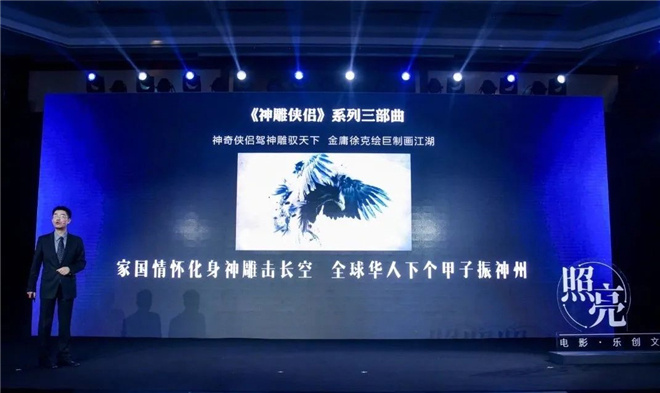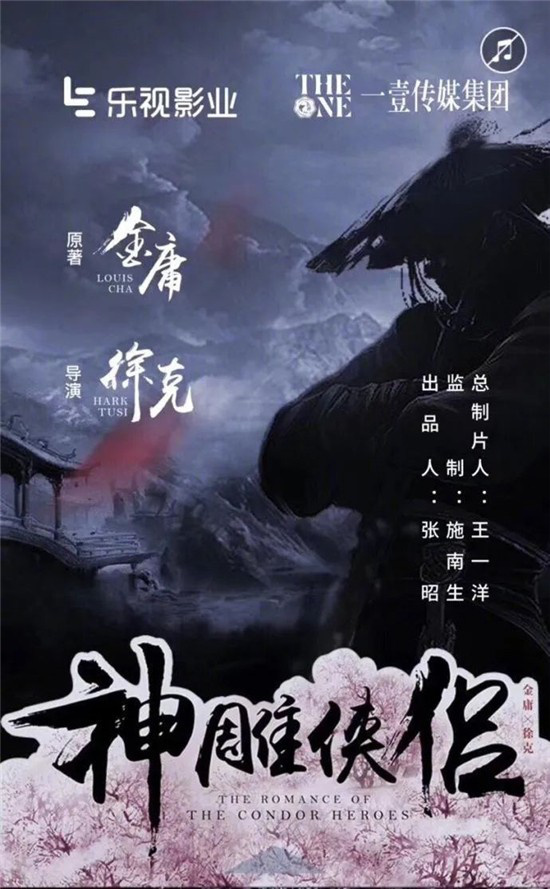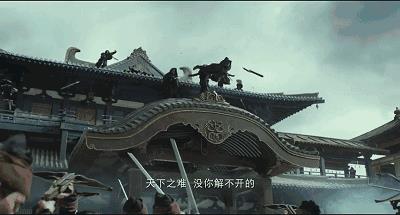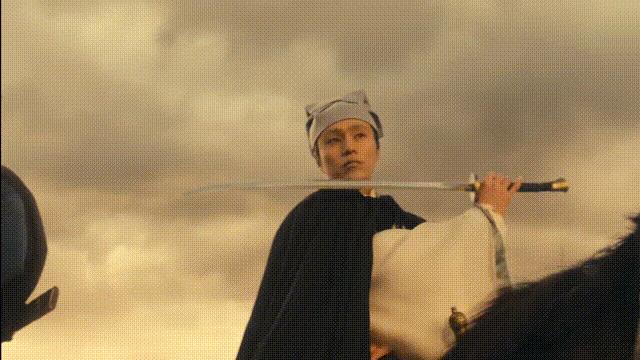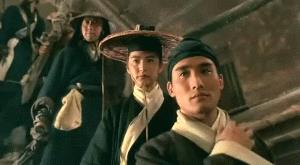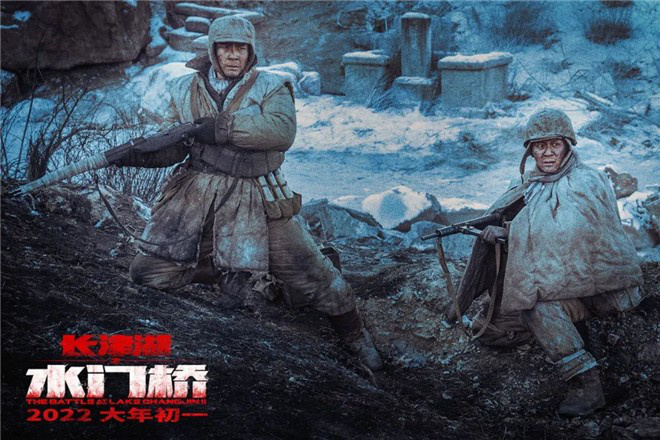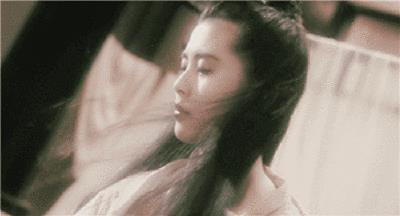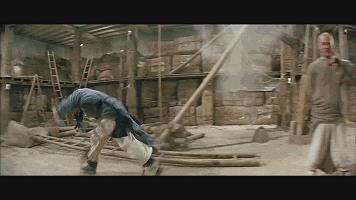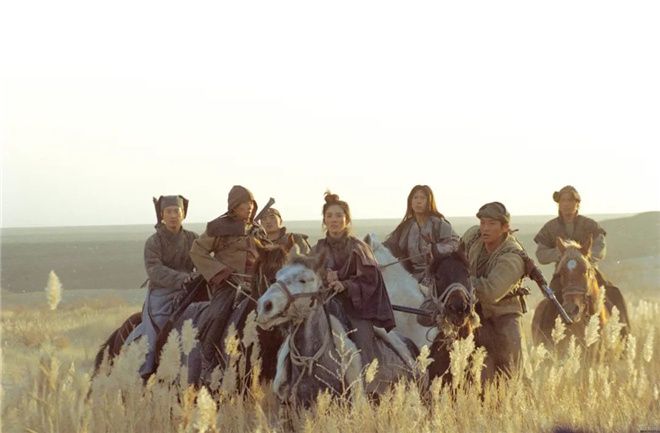Wan Jiao Gao [2020] No.2
Colleges and universities:
In order to implement the spirit of the State Council of the CPC Central Committee on doing a good job in the employment of college graduates and the requirement of expanding the scale of ordinary colleges and universities proposed by the the State Council executive meeting, according to the deployment and requirements of the Ministry of Education, on the basis of extensive research and soliciting opinions, it is decided to continue to carry out the education and training of ordinary higher vocational colleges and universities in Anhui Province. Now, the "Implementation Plan of Anhui Higher Vocational Education (College) Level for Undergraduate Education and Training" is issued to you.
Colleges and universities are requested to prepare and implement relevant organizations as required. All higher vocational colleges should immediately inform every student who meets the requirements of applying for the exam, and do a good job in publicity and organization to ensure the smooth progress of this work.
education department of anhui
March 24, 2020
Anhui ordinary higher vocational (junior college) level promotion.Implementation plan of undergraduate education and training work
In order to implement the spirit of the State Council of the CPC Central Committee on doing a good job in the employment of college graduates and the requirement of expanding the scale of ordinary colleges and universities put forward by the the State Council executive meeting, in accordance with the deployment and requirements of the Ministry of Education, and following the development policy of "scientific orientation, classified guidance, diversified development and running schools with characteristics", we will innovate the system and mechanism for cultivating applied talents, meet the ardent expectations of the people for "excellent universities", enhance the ability of higher education to serve, support and lead local economic and social development, and formulate ordinary higher vocational colleges (specialties) in our province.
I. Guiding ideology
Guided by the Supreme Leader’s Socialism with Chinese characteristics Thought in the New Era, we will fully implement the spirit of the 19th National Congress of the Communist Party of China and the Second, Third and Fourth Plenary Sessions of the 19th National Congress, conscientiously implement the important exposition of the Supreme Leader’s General Secretary on education and the spirit of the national education conference, adhere to the Party’s educational policy, and implement the fundamental task of educating people. Deepen the enrollment reform of college entrance examination, expand the pilot scale of joint training between undergraduate colleges and higher vocational colleges, innovate the training mode of undergraduate talents, improve the quality of undergraduate education and teaching, improve the training system of applied talents, embody the characteristics of integrated training of applied talents, empower Anhui applied higher education, and provide strong talent and intellectual support for Anhui economic and social development and industrial transformation and upgrading.
Second, the basic principles
(1) Demand orientation. Focusing on our province’s economic and social development, industrial transformation and upgrading, and the employment needs of industrial enterprises, we will serve high-end industries and high-end industries, determine enrollment majors and training scales, cultivate high-quality applied talents, and provide talent dividends for our province’s economic and social development.
(2) Ensure quality. Based on the national standards of undergraduate teaching quality and vocational education, combined with the actual situation of colleges and universities and the characteristics of higher vocational students, we should scientifically develop training programs, adhere to training standards, strictly train the process, and build a talent training quality evaluation and feedback mechanism to ensure the quality of applied talents. Establish and improve the pilot colleges for survival of the fittest and the dynamic adjustment mechanism for majors.
(3) Characteristic development. According to the development requirements of applied higher education, follow the growth law of applied talents, strengthen the cultivation of craftsman spirit and the accumulation of professional and technical skills, highlight the characteristics of applied talents, give play to the respective advantages of undergraduate colleges and higher vocational colleges, explore a new mode of joint training of talents between higher vocational colleges and undergraduate colleges, continuously broaden the upward development channels of higher vocational students and promote the development of higher education characteristics.
(4) Leading the reform. Deepen the supply-side reform of talent training in applied higher education. Support higher vocational colleges with good basic conditions, obvious reform results and distinctive professional characteristics and undergraduate colleges with high quality of applied talents training to pilot first. Establish a new training mode of applied talents that closely meets the needs of regional economic and social development. Form a model in major construction, curriculum construction, dual-ability teacher training, technology research and development, social service and other important aspects of talent training, leading the reform and development of higher education in the province.
Third, the implementation content
(1) Enrollment institutions
All provincial ordinary undergraduate colleges (including independent colleges) can carry out ordinary undergraduate enrollment, with emphasis on supporting applied undergraduate colleges with strong school-running strength and rich school-running experience.
(2) Enrollment targets
Full-time graduates of ordinary higher vocational colleges in Anhui Province (and adult colleges and universities approved to hold ordinary higher vocational education).
Retired soldiers with general higher vocational (junior college) education who graduated from colleges and universities in Anhui Province.
(3) enrollment majors and plans
From 2020 onwards, the enrollment plan for ordinary college students will be uniformly issued by the Ministry of Education. The Provincial Department of Education, in accordance with the plan issued by the Ministry of Education, based on the sub-professional plans reported by schools, issued the annual enrollment plan for sub-schools, according to factors such as school conditions, training ability, employment status and student sources.
The enrollment major of ordinary college students shall be declared independently by the school, uniformly examined and planned by the Provincial Department of Education, and rationally distributed. The enrollment colleges and universities to carry out the enrollment of ordinary colleges and universities must be undergraduate majors approved by the education department. Focus on applied and skill-oriented majors that serve the national strategy and the fields that people’s livelihood urgently need, and tilt toward electronic information, computer, biomedical engineering, preventive medicine, health service and management, emergency management, aged care service management, nursing, e-commerce and other majors (see Annex for enrollment majors in 2020). The Provincial Department of Education will issue a new catalogue of enrollment majors for ordinary college graduates every year.
(4) Examination and admission
The Provincial Education Admissions Examination Institute organizes the registration work in a unified way, and is responsible for collecting the basic information of candidates. Candidates independently choose to apply for an enrollment major in an undergraduate college within the specified time, and the enrollment college will review their application conditions.
In order to ensure the scientificity and fairness of the examination selection, and at the same time give candidates more choices and more opportunities to adjust their admission, the entrance examination is conducted in the form of "two public courses (150 points each)+two professional courses (150 points each)". The examination subjects are divided into arts and sciences, two public courses for liberal arts are "College Chinese+English" and two public courses for science are "Advanced Mathematics+English", 2 In 2020, colleges and universities can implement the joint examination for public courses. Schools that implement the joint entrance examination should ensure "three unifications", that is, "unified proposition, unified examination time and unified scoring standard". Since 2021, public courses have been organized by the Provincial Education Admissions Examination Institute for unified examination. Specialized courses are independently proposed or jointly proposed by colleges and universities, and examinations are organized.
The enrollment institutions shall formulate the enrollment charter of the general college entrance examination in accordance with the regulations, which shall specify the professional enrollment plan (including the separate plan for retired soldiers), professional requirements in higher vocational education, examination time, examination scope, examination methods, admission rules, the proportion and admission method of the students who won the skill competition, the attributes of professional joint training and the name of the training point, the rules and procedures for adjusting the inter-professional plan during the admission process, and the rules and procedures for accepting students from other schools. The enrollment regulations shall be submitted to the Provincial Education Admissions Examination Institute, and shall be jointly reviewed by the Development Planning Department of the Education Department, the Higher Education Department, the Private Education Department and the Student Office, and shall be released to the public after agreeing to put on record. The specific registration, examination and admission of colleges and universities must be carried out in strict accordance with the published enrollment regulations, and under the supervision of the school discipline inspection and supervision department, the examination, marking and admission work should be standardized. The list of students to be enrolled in colleges and universities must be published on the website of the school for one week, and submitted to the Provincial Education Admissions Examination Institute for the record according to the specified time and go through the relevant admission procedures.
(E) Expand the pilot joint training of undergraduate colleges and higher vocational colleges.
First, reasonably determine the pilot training institutions and majors. Orderly carry out and gradually expand the pilot project of training applied talents jointly carried out by undergraduate colleges and high-quality higher vocational colleges. Support and encourage undergraduate colleges and higher vocational colleges that have entered the "double-high plan", local skilled high-level universities in Anhui Province, and some special types of higher vocational colleges (arts and sports, teachers’ colleges, medicine) to jointly train ordinary undergraduate students, and the training place is located in higher vocational colleges. The joint training pilot major should be a major with the same or similar specialty, good school-running conditions, remarkable school-running results and great social influence, especially related majors supporting key industries, pillar industries and strategic emerging industries in our province. Each pilot higher vocational college can only carry out joint training pilot with one undergraduate college. When making enrollment plans for different majors, each undergraduate college can only choose a mode of joint training or non-joint training for the same major.
The second is to strengthen the management of education and teaching. Relevant undergraduate colleges should earnestly fulfill the main responsibility of running a school, jointly train higher vocational colleges, and take the lead in formulating work plans and emergency plans for risk prevention and control according to the needs of talent training. Pilot undergraduate colleges and higher vocational colleges should implement the concept of integrated education, deepen the education and teaching reform of "ideological and political course+course ideological and political" and jointly do a good job in education and teaching. Undergraduate colleges should strengthen the guidance and supervision of higher vocational education and teaching. Under the guidance of undergraduate colleges, higher vocational colleges actively construct a teaching system linking theoretical courses with skill courses, strictly manage daily teaching and students, improve teachers’ professional ability, select excellent teachers to undertake undergraduate teaching, and do a good job in ensuring teachers’ quality.
The third is to strengthen student management. The main body of the joint training pilot work is undergraduate colleges. In strict accordance with the relevant regulations of the Ministry of Education and undergraduate colleges, we should do a good job in freshmen’s enrollment registration, re-examination of admission qualifications, file management, employment dispatch, employment and entrepreneurship guidance and training for graduates, and help graduates find jobs and start businesses. Higher vocational colleges, which undertake some teaching tasks of personnel training, should also make special plans, strengthen leadership, implement responsibilities and carry out pilot work smoothly. Jointly train students to implement the charging standards of pilot undergraduate colleges, and they are not allowed to change majors or transfer after entering the school. The joint training of students is the same as that of students in other undergraduate colleges in scholarship evaluation, financial aid for students with financial difficulties, employment and entrepreneurship assistance and guidance, and the development of party member.
The fourth is to strengthen supervision. Undergraduate colleges and universities set up a joint undergraduate education office in higher vocational colleges to co-ordinate the educational resources of both institutions and society. Establish a regular inspection and exchange mechanism, strictly control the quality of teaching, strictly control the graduation pass, and effectively ensure the quality of education and teaching. Undergraduate colleges and higher vocational colleges should sign a joint training agreement to clarify the responsibilities and obligations of both parties. The contents of the agreement include, but are not limited to, the allocation of school funds, the development of talent training programs, the selection of teachers, the organization and management of teaching, the management of students, and the work of student awards and loans.
The fifth is to increase funding. It is necessary to guarantee the funds for joint training, strengthen supervision and inspection, and ensure the maximum benefit of the use of funds. The Provincial Department of Education will establish a dynamic adjustment mechanism for joint training institutions, carry out monitoring, inspection and evaluation of joint training, and eliminate schools and majors with poor school quality.
(six) multi-channel tap the potential of undergraduate education.
In combination with speeding up the transfer of independent colleges, we will encourage and support independent undergraduate colleges and qualified municipal governments to start joint running schools, recruit students from ordinary colleges, and expand the scale of training. The government will mainly provide resources for running schools, and schools will be mainly responsible for education and teaching. Public undergraduate colleges and universities that have passed the qualification assessment have stopped recruiting junior college students in principle; Expand the scale of private undergraduate colleges and universities, and reduce their enrollment scale accordingly.
(seven) to ensure the quality of personnel training and employment quality.
All undergraduate colleges and universities should establish and improve employment and enrollment plans, personnel training linkage mechanism and quality evaluation system, actively meet the needs of regional economic development, establish a dynamic adjustment mechanism for specialty construction and enrollment plans, effectively improve the quality of specialty construction, and improve the forecasting and early warning system for professional talents. It is necessary to adhere to the principle of non-lowering standards and classified guidance, effectively guarantee the quality of talent training for college-upgraded students, promote multi-channel employment and entrepreneurship for college-upgraded graduates, and achieve higher quality and full employment. Higher vocational colleges should do a good job in monitoring the quality of running schools, and establish an evaluation system and a dynamic monitoring system for the quality of professional personnel training with the participation of competent departments, pilot undergraduate colleges, industrial enterprises and other parties, with industry norms, professional standards, students’ ability level and employers’ opinions as the basic basis and important indicators.
(8) Relevant incentive policies
Actively build a talent training overpass, open up channels for training skilled and applied talents, and implement the award policy for students who won the skill competition in vocational colleges. Fresh graduates of higher vocational colleges who have won the first prize of the provincial vocational college skills competition jointly sponsored by the Provincial Department of Education and other departments or the third prize of the national vocational college skills competition jointly sponsored by the Ministry of Education and other ministries and commissions can be admitted directly if they meet the conditions for enrolling students in the general college entrance examination and apply for the corresponding majors.
Higher vocational (junior college) students in Anhui Province (including non-Anhui nationality) are recruited for compulsory military service, and take the general college entrance examination after completing their higher vocational studies, and the enrollment ratio is not less than 50% of the eligible applicants. The enrollment regulations of each school should be clear.
(nine) the management and treatment of academic qualifications.
During the study period of ordinary college students, the management of student status is implemented by undergraduate colleges in accordance with the Regulations on the Management of Students in Ordinary Colleges and Universities.
Students who have completed the prescribed courses according to the teaching plan and passed the examination will be awarded the undergraduate diploma of general higher education by the undergraduate colleges. In accordance with the spirit of the Notice of the Ministry of Education on Strengthening the Standardized Management of Academic Certificates in Colleges and Universities (Teaching [2002] No.15), the contents of graduation certificates of college-upgraded students must be filled in as "undergraduate study at the starting point of XXX professional college in our school", and the study time should be filled in according to the actual time of entering the undergraduate study stage. Those who meet the conditions for awarding bachelor’s degrees shall be awarded corresponding bachelor’s degrees.
The tuition fees of ordinary college students are charged according to the standards approved by the provincial price department, and the tuition fees are the same as those of the corresponding majors of ordinary undergraduate courses.
When ordinary college students graduate, they will implement the relevant employment policies of national undergraduate graduates.
(10) Submission of materials
According to the employment situation, student sources, school conditions and training ability, the enrollment institutions determine the qualifications for each major, formulate the recruitment plan, enrollment regulations and talent training plan, and submit them to the Provincial Department of Education.
In addition to the above materials, colleges and universities that carry out joint training pilot projects must also submit joint training plans and joint training agreements. Relevant materials shall be submitted by undergraduate colleges to the Provincial Department of Education. After the provincial education department organizes experts to demonstrate, it can be included in the enrollment of ordinary college students in that year.
Fourth, the job requirements
The first is to strengthen organizational leadership. The enrollment of college entrance examination is an important part of the enrollment of colleges and universities in our province, and it is also a hot spot of social concern. The Provincial Department of Education set up a leading group for reform work to make overall plans for research, deployment and coordination of matters related to the pilot work of enrollment reform. All relevant colleges and universities should earnestly strengthen their leadership, and set up a leading group for the enrollment of ordinary college entrance examinations, headed by the principal responsible comrades of the colleges and universities, with the responsible comrades in charge of enrollment and teaching as deputy heads, and attended by relevant departments such as enrollment, educational administration, discipline inspection and supervision, to be responsible for the implementation of various specific tasks. The Ministry of Education has made it clear that colleges and universities are responsible for the examination and enrollment work of our school, and the main responsible comrades are the first responsible persons, while the responsible comrades in charge are the direct responsible persons. The responsibility accidents in the examination enrollment should be investigated and held accountable according to the law and discipline.
The second is strict examination management. The enrollment work of the college entrance examination should be strictly in accordance with the principles of fairness, justice and openness, carefully organized and arranged, strictly implement the provisions, consciously accept social supervision, and put an end to the occurrence of favoritism and corruption in the enrollment examination. Teachers in our school are not allowed to participate in the independent proposition work in our school. Colleges and universities should effectively strengthen the management of independent proposition, improve the standardized management of the whole process of examination, and implement the supervision responsibility from the aspects of proposition, examination, marking and admission to ensure the safety of examination. Supervisors in private colleges and universities should play an important supervisory role in the enrollment of college entrance examination, and should grasp the links of proposition, examination, marking and admission, and follow up the whole process to ensure safety and stability. Once verified, the schools and individuals who engage in malpractices for selfish ends and violate the regulations in the examination enrollment work will severely deal with the responsible persons in accordance with the relevant provisions of the state and our province, and immediately stop the illegal college entrance examination enrollment qualifications.
Third, it is strictly forbidden for colleges and universities to hold pre-test counseling. The implementation of the "Notice of Anhui Provincial Department of Education on Prohibiting Pre-entrance Examination Counseling in Pilot Colleges of Vocational College Entrance Examination Reform" (Wan Jiao Mi Gao [2014] No.6) requires that colleges and their teaching staff (including temporary staff who have labor relations with the school) are strictly prohibited from holding or jointly holding any form of pre-entrance examination counseling with social institutions. It is strictly forbidden to participate in the teaching, preaching, lectures and other forms of counseling activities for social intermediaries or training institutions, and provide school classrooms, dormitories, libraries and other campus places. It is strictly forbidden for college staff to participate in any form of activities such as teaching and counseling before entering the entrance examination.
The fourth is to do a good job in policy propaganda. The Standing Committee of the State Council pointed out that under the background of overall promotion of epidemic prevention and control and economic and social development, it is of great significance to expand the scale of undergraduate education this year to stabilize employment, especially for key groups such as college graduates and migrant workers. Colleges and universities should raise awareness, widely publicize the relevant policies and measures for enrollment in the general college entrance examination, notify every student, conscientiously do a good job in the registration organization and qualification examination of graduates of our school, and strictly prohibit fraud.
Attachment: Attachment Anhui Province, the general college entrance examination to recruit students professional directory and exam guidance subjects (2020 edition). docx
Attachment Anhui Province, the general college entrance examination to recruit students professional directory and exam guidance subjects (2020 edition). docx

